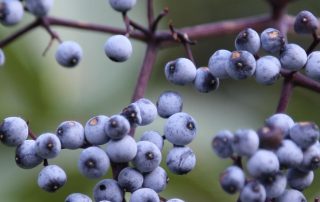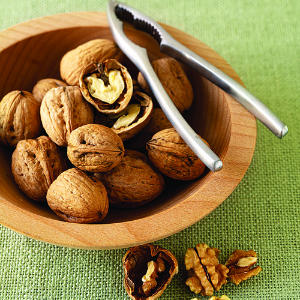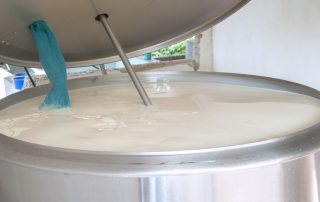Forest Fire Smoke Challenges Ag Employees
Outdoor Ag Employees Need Protection from Smoke and Heat
Farmers Work Hard to Provide Protection
By Mike Stephens with the Ag Information Network
California’s hot growing season and an ongoing drought feeding out of control wildfires pose challenges for farm employers. The 700,000 acre and counting Dixie Fire and the devastating Caldor Fire have conspired to funnel smoke in agricultural production areas just as summer temperatures have soared into triple digits.
These conditions invoke two regulations that farm employers, perhaps preoccupied with COVID-19 mandates imposed by our state government may have lost sight of. They must follow regulations designed to protect employees from the dangers of excessive heat and wildfire smoke.
No California farm employer should be surprised that Cal/OSHA compliance officers are actively enforcing a standard that should be at top of mind when temperatures routinely exceed 90 degrees.
The Cal/OSHA smoke standard requires remedies when employees are exposed to air quality of 151 or greater on the air quality index for the presence of PM2.5 for more than one hour. They must move work into environments with filtered air if possible. Or, if feasible, employers must reschedule work to a time of better air quality or provide employees with approved particulate respirators under voluntary use rules.
The voluntary use requirements mean it is not necessary to fit test and medically evaluate employees who choose to use a provided N95 respirator.
However, employers must train employees using information provided and the hazards of wildfire smoke and encourage employees to use employer provided respirators when the AQI exceeds 150.


















